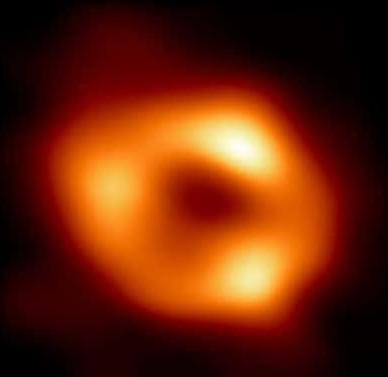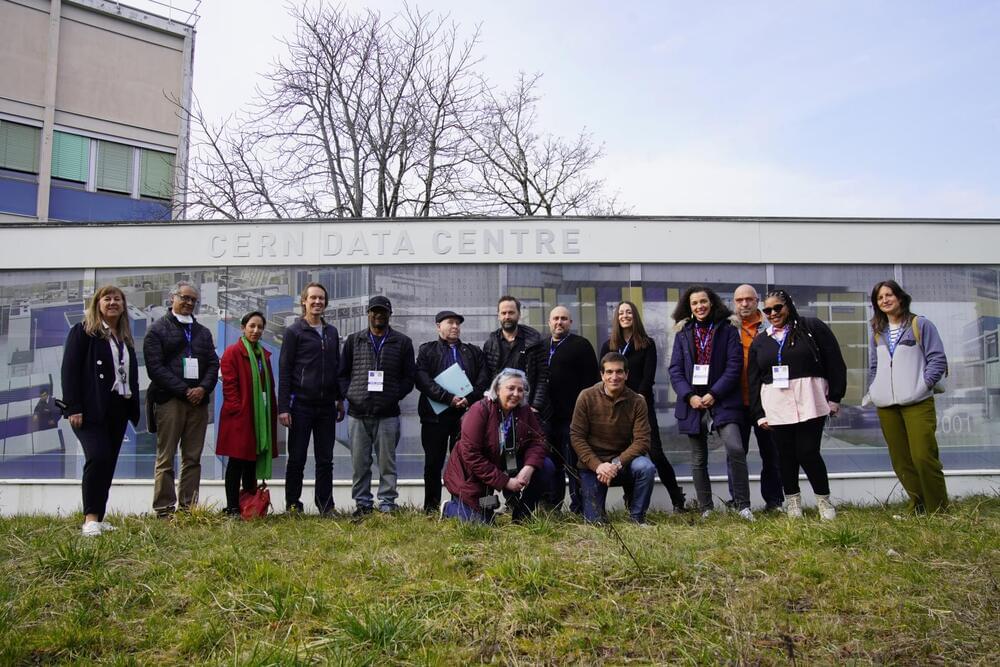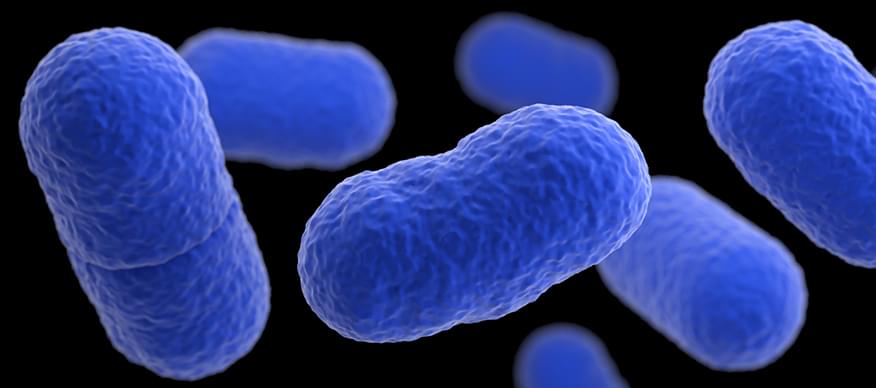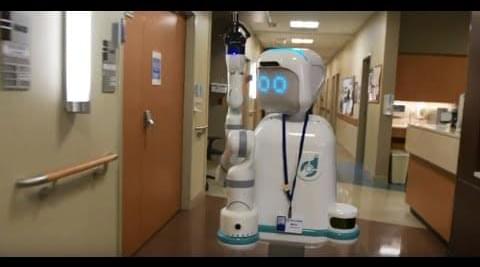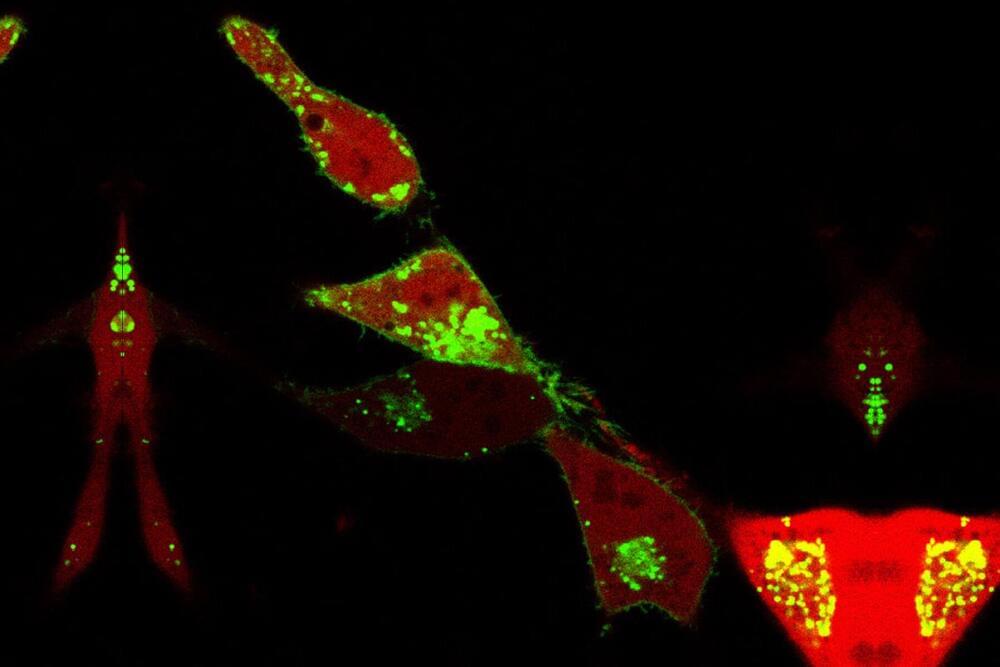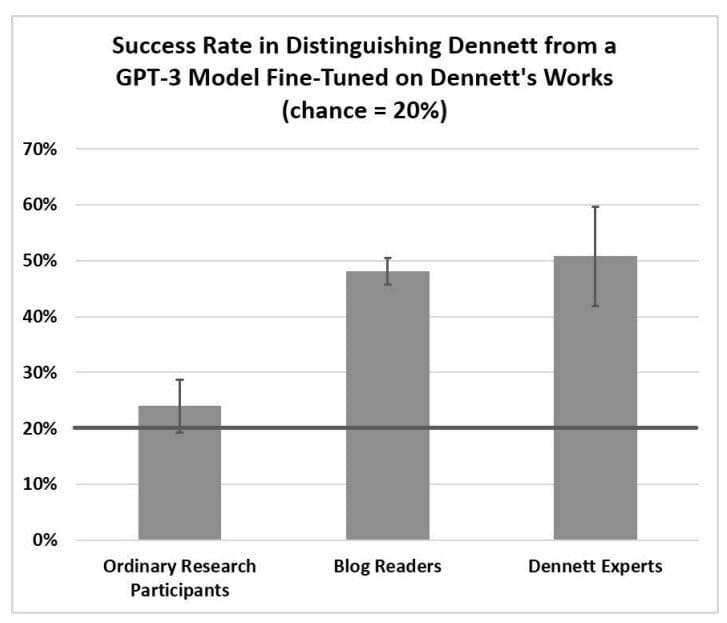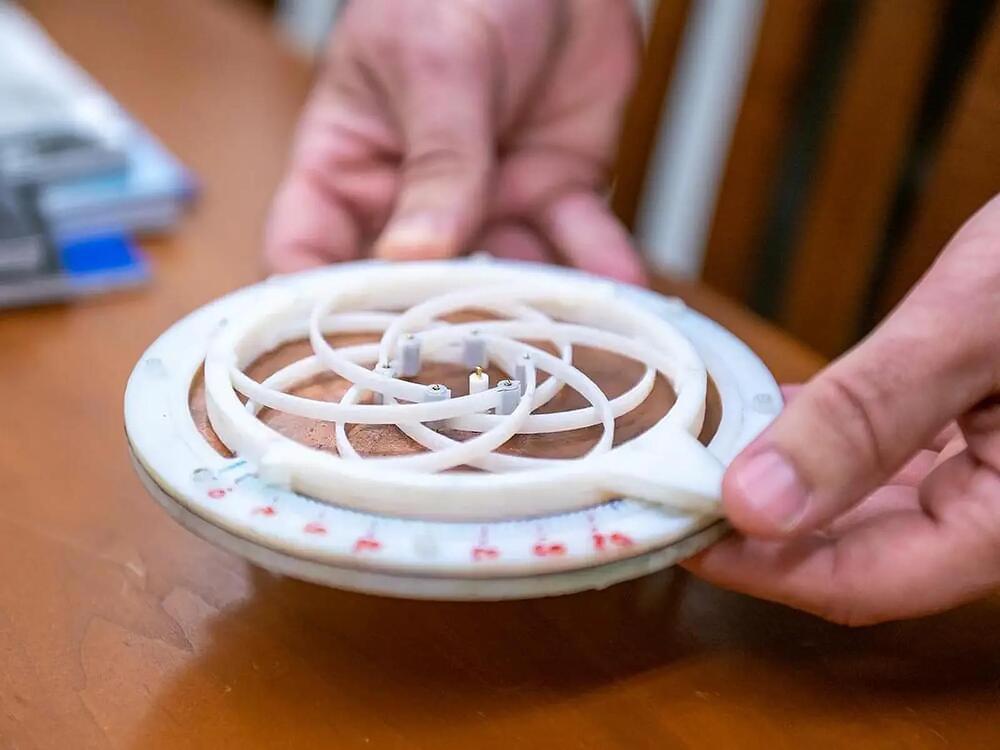Feb 16, 2023
Dark energy may have been hiding in the cores of black holes all along
Posted by Dan Breeden in categories: cosmology, physics
Observations of galaxy growth can be explained if the black holes at their centre contain dark energy, pointing to a possible role in the universe’s expansion.
Massive black holes could be the source of dark energy and the accelerating expansion of the universe, according to observations of ancient, dormant galaxies with black holes at their centre.
The laws of physics suggest that gravity should cause the universe to contract, but a mysterious force, which physicists call dark energy, seems to be counteracting this and making the universe expand at an accelerating rate.
